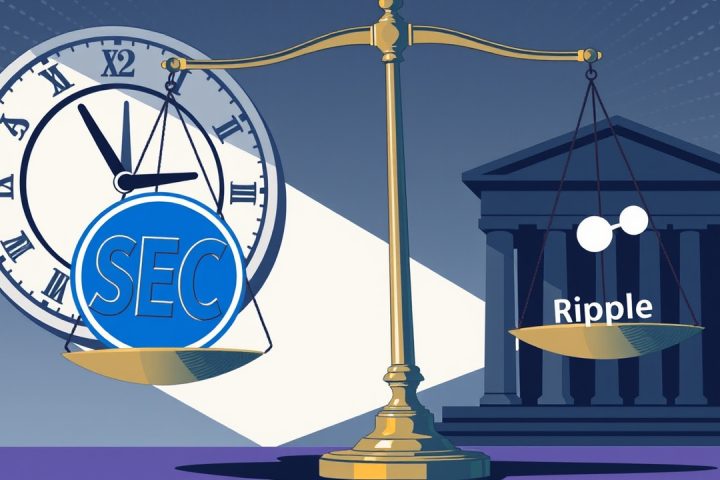The Perilous Landscape of Cybersecurity in Cryptocurrency
The landscape of cybersecurity, especially in the realm of cryptocurrency, is increasingly perilous as U.S. deregulation unfolds. While many assume that reducing regulation might bolster hacker activities, the reality is far grimmer: it amplifies the number of victims. As the crypto space attracts more participants—many of whom lack the necessary technological expertise—their vulnerability escalates, exposing them to a myriad of cyber threats. This growth without adequate protective measures is akin to a widening breach along a fragile dam, with implications that reach beyond individual losses to national security concerns.
The Dangers of Easing Regulation
The notion of easing regulation is often touted as a way to foster innovation, yet such measures strip away essential oversight designed to prevent malicious exploitation. Without these guardrails, the potential for harm increases exponentially. It’s comparable to removing traffic signals to facilitate travel; while it might speed things up momentarily, it inevitably leads to chaos and accidents.
Exploitation by Malicious Actors
Malicious actors, including hackers and nation-state sponsored groups, are undeterred by bureaucratic barriers. They exploit systemic weaknesses with lightning speed, thriving in environments where anonymity reigns. Each new wallet or smart contract introduces a new potential target, making the entire ecosystem more susceptible to attacks.
Broader Implications Beyond Cryptocurrency
The discourse surrounding these events tends to be narrowly focused on cryptocurrency alone, neglecting the broader implications for financial systems, digital identities, and even national defense. The rapid integration of artificial intelligence into financial systems presents unique challenges; automated algorithms are beginning to execute transactions without human oversight, raising significant concerns about security vulnerabilities.
The Human Element in Cybersecurity
When security isn’t embedded within these systems, they become critical points of failure. A minor breach could trigger vast repercussions across financial markets and essential services.
In the backdrop of all this, well-meaning developers find themselves navigating a murky regulatory landscape. They’re urged to innovate rapidly, yet face an absence of unified standards or support mechanisms for safeguarding their innovations. This results in a fragmented sector where individual companies may develop their own inconsistent safety practices, directly competing with entities that neglect to prioritize security.
Recent Breaches and Their Implications
The past year has witnessed alarming breaches, such as the Bybit hack, which resulted in losses totaling $1.5 billion—not due to weak technology per se, but due to human error and poor process management. Such incidents have underscored the importance of focusing on the human element in cybersecurity, a sector left particularly vulnerable by deregulation.
The Threat of AI in Financial Systems
As the U.S. government invests an estimated $500 billion into AI research, the rise of AI-driven financial systems poses an even greater threat. If these systems are compromised, the fallout could be monumental, impacting thousands of transactions in almost no time.
Emerging Solutions and the Need for Collaboration
Promising solutions are beginning to emerge, such as name-based transaction systems that enhance security by masking traditional public addresses, thereby mitigating the risk of phishing. Enhanced approaches to identity verification that respect user privacy are also being developed, but those efforts remain in their infancy, plagued by limited funding and coordination.
To ensure the future security and integrity of digital finance, collaboration between the public and private sectors is essential. Establishing a foundation built on secure design principles, accessible open-source security frameworks, and encouraging lawful reporting of exploits would go a long way in creating a more trustworthy digital landscape. Security must be recognized as a crucial element for growth, not merely an expense to be minimized.
Conclusion: Prioritizing Security in a Fragmented Environment
As danger continues to loom, hackers are already navigating through the fragmented digital environment, weaponizing AI to simulate and exploit user behavior. The reality is stark: it’s not deregulation that spawns hackers, but the absence of protective measures that emboldens them. For a resilient crypto economy, prioritizing security ahead of expansion is paramount; failing to do so only invites greater risk with each advance.




